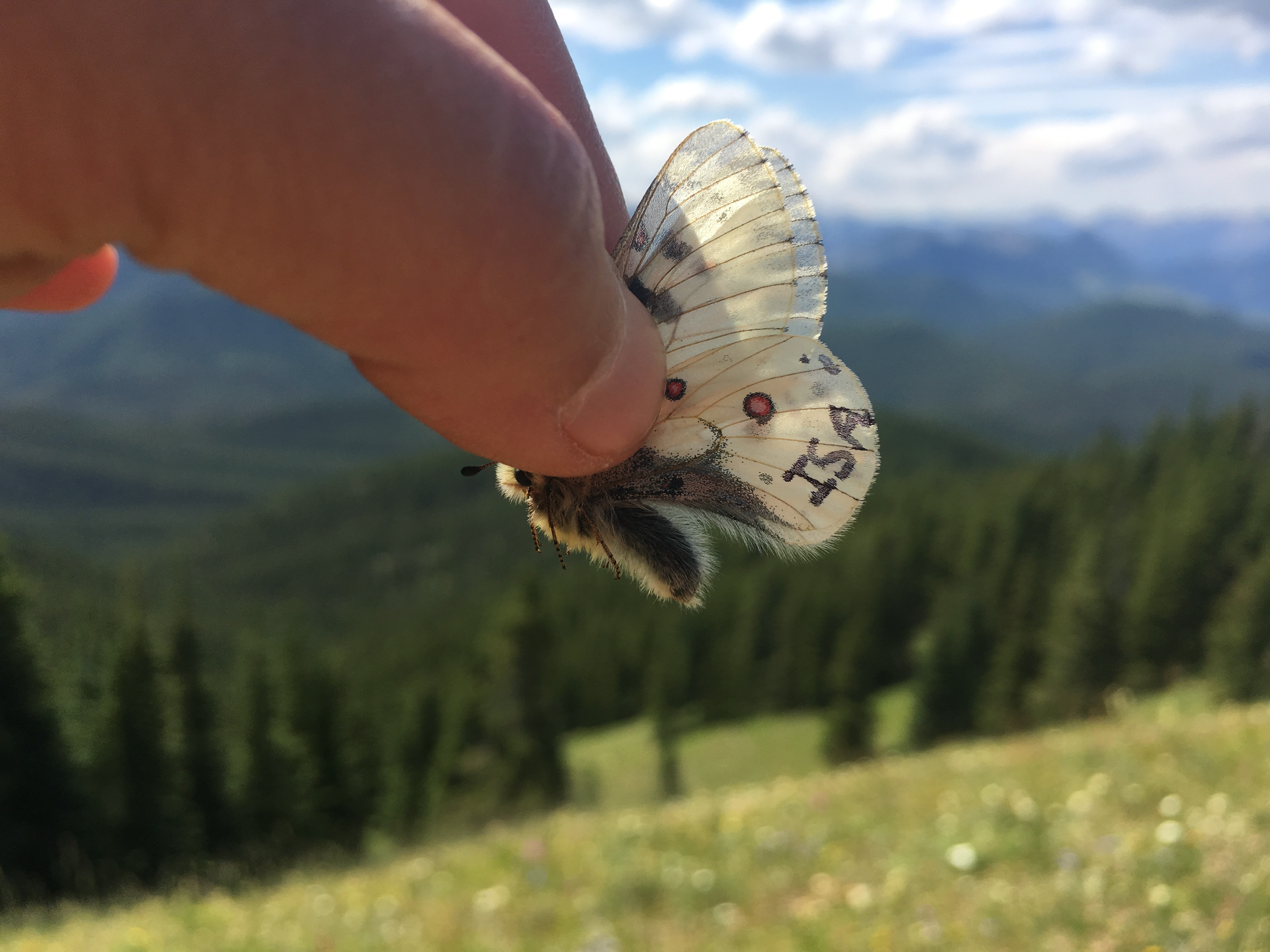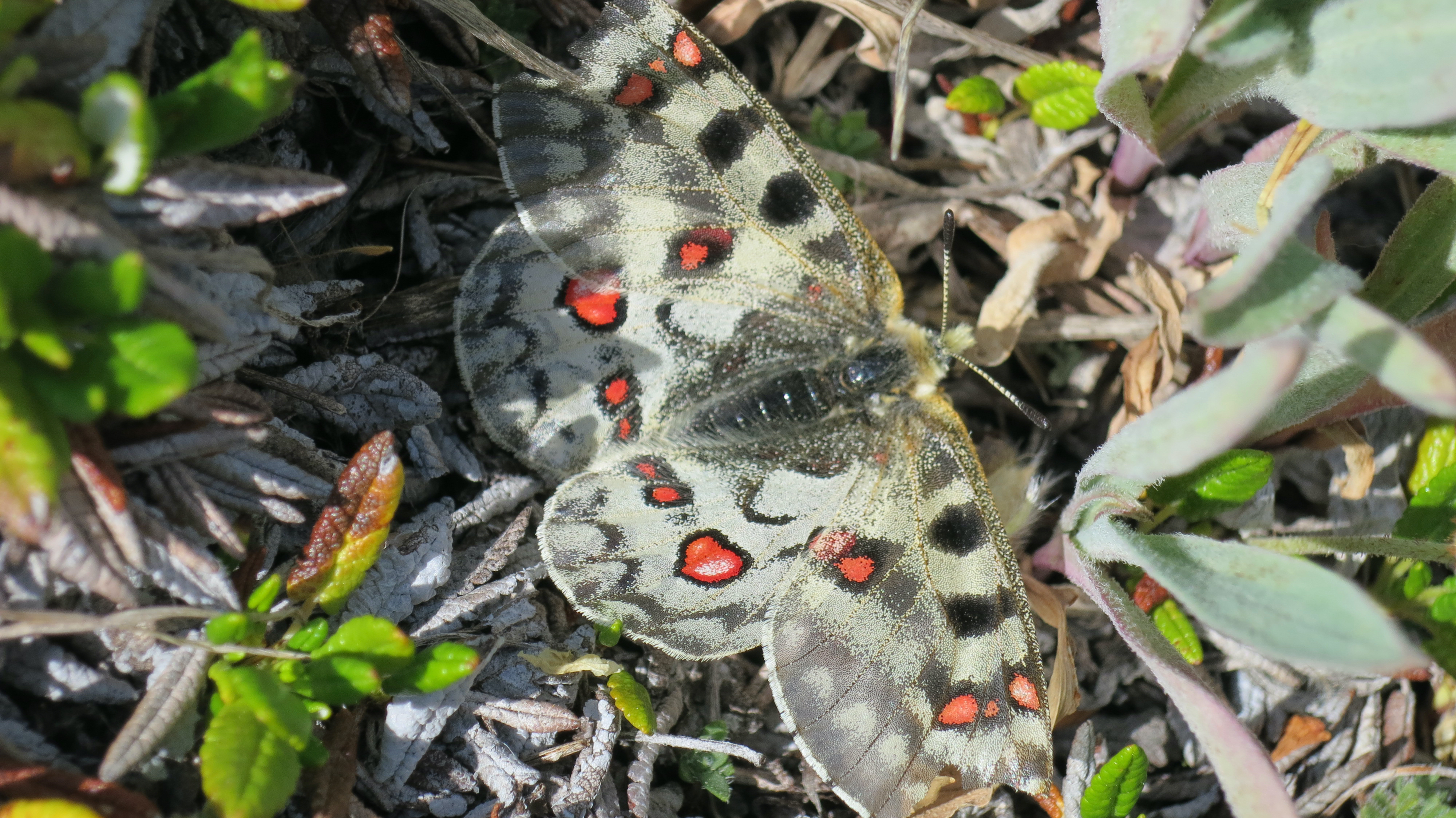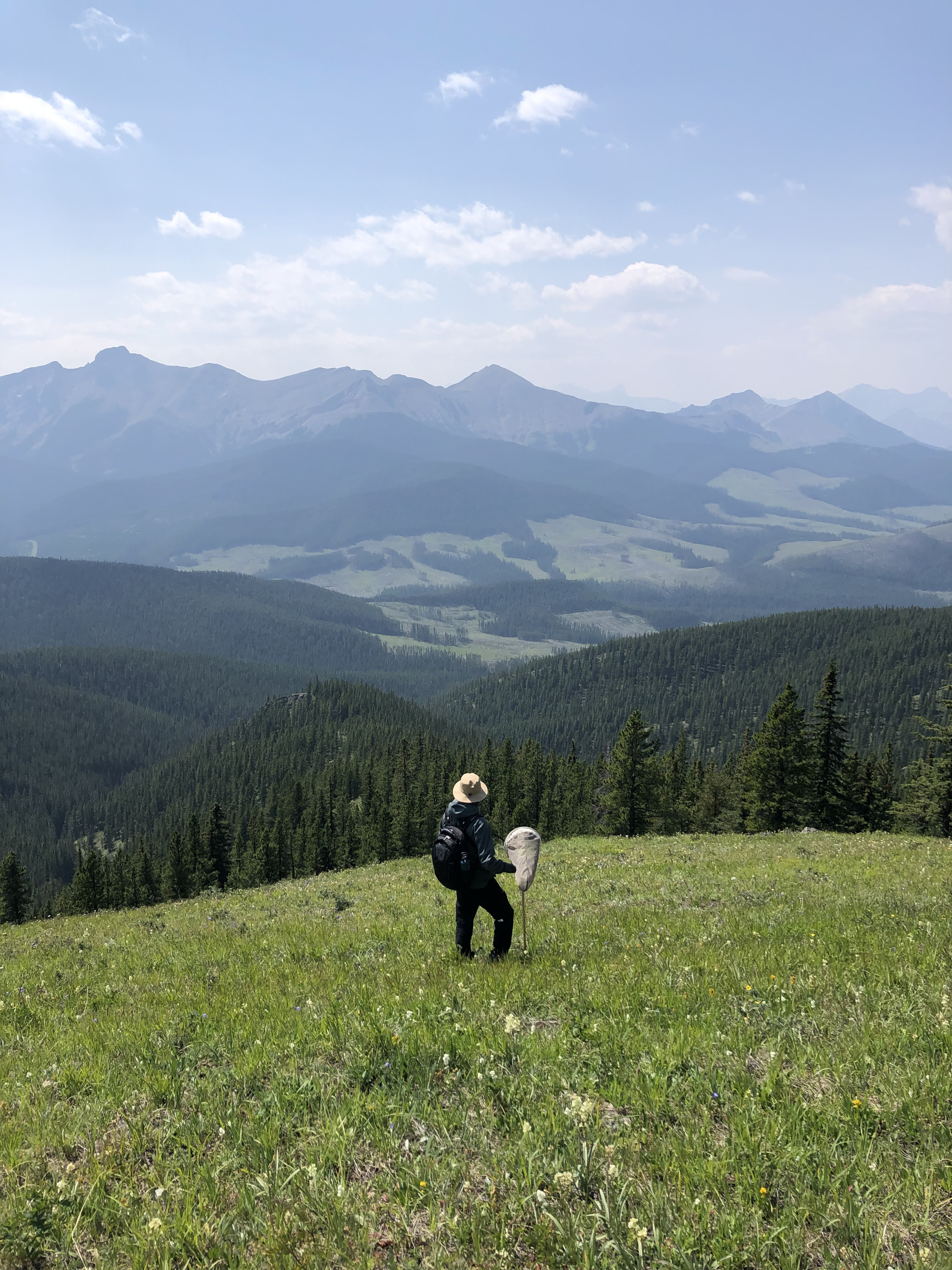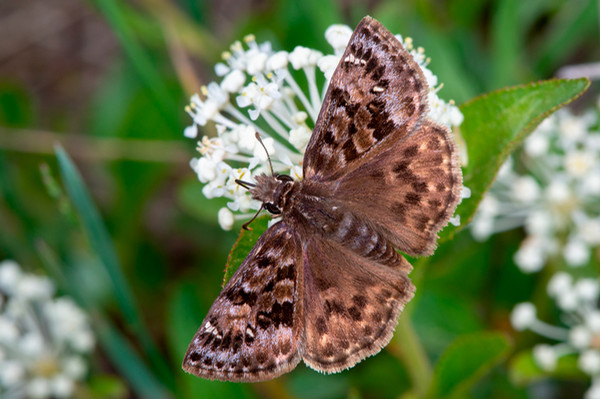
Professor
Department of Biology
Western University
1151 Richmond St. N
London, Ontario, Canada
N6A 5B7
Office: Biological & Geological Sciences 2076
Email: nkeyghob@uwo.ca
Phone: 519 661-2111 x 80471
Fax: 519 661-3935

Our research focuses on understanding the genetics of populations, and how and why population genetic variation changes over space and time. We are particularly interested in understanding how the global factors of landscape modification and climate change, and their interaction, may affect populations and the capacity of populations to be resilient to these pressures.
For details, please visit my Google Scholar or Research Gate profile.


My collaborators and I have been studying alpine populations of the Rocky Mountain Apollo butterfly (Parnassius smintheus) in the Canadian Rockies for almost thirty years. Currently, my lab is exploring how extreme weather events during the over-wintering egg stage affect genetic variation (both neutral and adaptive) in these populations. We are interested in determining the capacity of networks of interconnected populations to be resilient to more frequent and severe weather events in the future. These studies include explorations of how winter snow cover affects populations. We are also interested in understanding how adult dispersal and gene flow, which are key processes affecting the persistence and genetics of populations and metapopulations, may be affected by extreme weather conditions in summer.

You can learn more about the context for these studies, and how alpine environments are changing here.
We have also been involved in various collaborative studies of at-risk butterfly species, such as the regal fritillary, Mormon metalmark, and Behr's hairstreak. We are currently participating in a large, collaborative effort to reintroduce the endangered mottled duskywing butterfly to various sites in Ontario. We conducted genetic surveys of extant populations to inform the selection of source populations for the reintroduction, and are currently monitoring genetic variation in the introduced and source populations. You can learn more about this exciting project here.
